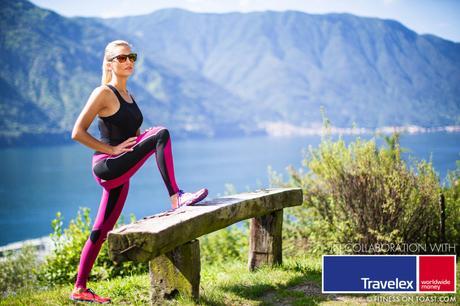

As regular readers may have noticed, I love to feature my active escapes on the blog; the series of posts grew as a reaction to an observation that clients, friends and family seem to want to stay in shape whilst on holiday, and even to use that very same holiday as a chance to become a little more healthy. The ‘active escape’ is a proper, growing trend in today’s health-aware world, and whilst I’m not talking about abstinent, monk-like Zen retreats, discerning travellers are after indulgence, with the optional facility to stay fit. With that in mind, I’m super happy to have teamed up with Travelex for a collaboration highlighting my ‘top 5 active-escapes wishlist’ for 2015. Click MORE to get a feel for the sorts of escapes I think will prove a hit from both a culture AND wellness perspective…



1) LAKE SKATING IN STOCKHOLM


Sweden’s my home country, and for many months of the year, it gets arctic-cold, especially in the northernmost parts. Because the culture has evolved around that, you can expect a lot of cold-weather activities, including skiing, snowboarding, ice-fishing, igloo-building, sledging, and cross-country skiing. One incredibly beautiful activity is long distance ice skating. My auntie first told me about it when I was very young; basically, because there are thousands of little islands dotted along the coast you can easily skate for miles in the depths of winter. Pack a picnic and the mandatory hot chocolate, and off you go. A bit of history; our courageous and slightly crazy king Karl X Gustav decided on the 30th january 1658 to take his entire army across the ice between Sweden and Denmark in order to launch a surprise attack on the Danes. Given the weight of an entire army on the ice, some unfortunately drowned on the way over but the majority survived and the ice held! These days, there are companies to help you achieve it safely, as a brief google will show!
TIPS: Training for ice skating; you’ll need a strong core, stability and balance. Staying upright for a long period on a slippery surface isn’t easy. A slouched posture will yield back pain at the very least. Overall strength training is a must, with special attention paid to core and lower back exercises, which work together to control balance and stability. I like to include some balance exercises in the workout routine; seek out unstable surfaces (such as the Bosu, wooden boards etc) and practice finding your center of gravity! As with any exercise requiring the use of legs as the main source of power, I’d suggest a comprehensive squat regime too!
2) YOGA IN VENICE
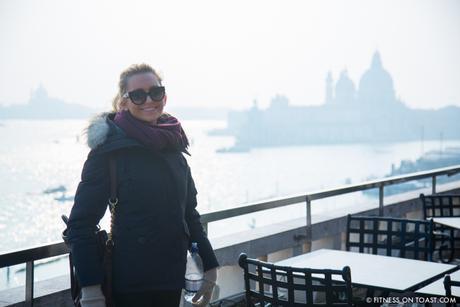

TIPS: One of the things I love about yoga is that it’s not just for practised professionals. Anyone can participate, and indeed benefit from it. I wrote about the basics a while back, in this post. One factor which can only benefit the practice of yoga is flexibility; the inclusion of a 10-15 minute stretching regime before bed can only help. Further, I’d suggest giving thought to the benefits of meditation, as the concepts are very much complementary to much of the Yoga ethos.
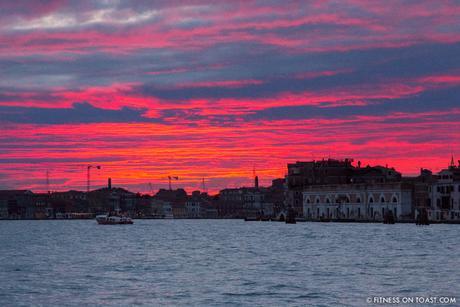

3) HIKING IN THE MOROCCAN ‘ATLAS MOUNTAINS’
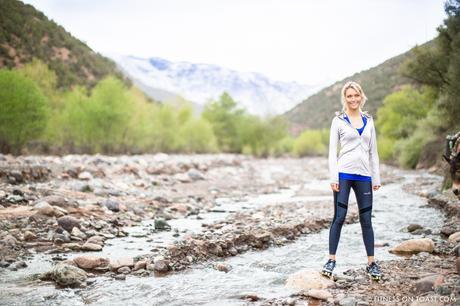

Hiking through the Atlas Mountains is a dramatically scenic experience and exceptional cardio at the same time! The culture is incredibly rich, the local foods are deliciously flavoursome, and the sights are epic. FYI ‘walking’ is not a word to describe hiking, as a proper hike like this involves the combination of a varieties of terrain quality, incline, altitude, weather conditions – it’s far more physically challenging, burns 240% of the calories (c.550 per hour for a 70kg individual who’s orienteering, vs c. 230 for the same individual walking at 3mph).
TIPS: To get yourself ready for this activity you should be (depending on your current fitness level) walking as it strengthens the muscles that you;ll be using as well as improving your cardiovascular fitness, Then increase the intensity by time, frequency, distance, terrain, stair climbing. Check heart rate and recovery time and create a plan to improve it. Other than that get yourself into the gym and pick up some weight and focus on overall strength with particular focus on legs as they’ll be doing a lot of the work! Also don’t forget to stretch!
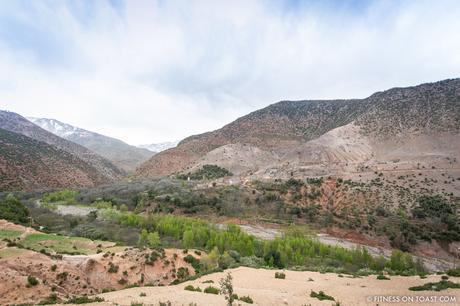

4) ALTITUDE TRAINING IN TANZANIA
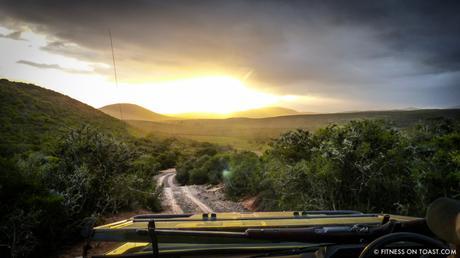

I’ve always wanted to visit Tanzania, a country which has so much to offer – stunning beaches, safari, camping and whilst you’re there you may as well climb the highest mountain in Africa – Kilimanjaro (the peak rising to a monstrous 19,341 ft)! When climbing at high altitudes, the body needs to acclimatise to the thinness of the air (and thus sparseness of oxygen) fairly quickly.
TIPS: A high fitness level and strong, capacious lungs will help this. HIIT (high intensity interval training) which alternates between high intensity (elevating the heart rate) followed by brief active recoveries (and then elevating it again) forces the cardiovascular system to handle the stress of of limited oxygen, which is the same pressure it would experience in high altitude training. As with hiking also pay extra attention to training legs – the stair climber machine is fab, as are some thunderous deadlifts!
5) TRAPEZE TRAINING IN BALI
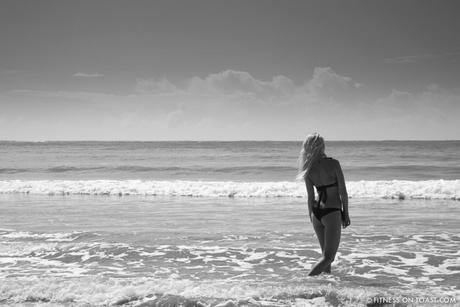

TIPS: You’ll need overall strength but again a strong core and back. Spend some extra time working on your back and shoulders – pull-ups are a great exercise to strengthen the back using your own body weight. Weighted dips won’t hurt the deltoid/tricep strength required to lever yourself around when flying through the air! Head to travelex.co.uk/travelfit to find more tips on how to get fit for your trip and spend your pennies wisely.



DISCLOSURE: THIS IS A SPONSORED PIECE OF CONTENT, AND A COLLABORATION WITH TRAVELEX, THE WORLD’S LEADING FOREIGN EXCHANGE SPECIALIST. If you’d like to see more on these destinations or more fitness destinations in 2015 please visit Travelex.
_________________________
YOU MIGHT ALSO LIKE:

BENEFITS OF COFFEE ???

HADDOCK RATATOUILLE

VENICE IN STELLA SPORT
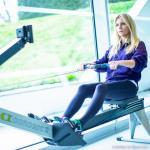
WHY TO ROW ?!?

